It is a familiar story: a small group of animals living in a wooded grassland begin, against all odds, to populate Earth. At first, they occupy a specific ecological place in the landscape, kept in check by other species. Then something changes. The animals find a way to travel to new places. They learn to cope with unpredictability. They adapt to new kinds of food and shelter. They are clever. And they are aggressive.
In the new places, the old limits are missing. As their population grows and their reach expands, the animals lay claim to more territories, reshaping the relationships in each new landscape by eliminating some species and nurturing others. Over time, they create the largest animal societies, in terms of numbers of individuals, that the planet has ever known. And at the borders of those societies, they fight the most destructive within-species conflicts, in terms of individual fatalities, that the planet has ever known.
This might sound like our story: the story of a hominin species, living in tropical Africa a few million years ago, becoming global. Instead, it is the story of a group of ant species, living in Central and South America a few hundred years ago, who spread across the planet by weaving themselves into European networks of exploration, trade, colonisation and war. Some even stowed away on the 16th-century Spanish galleons that carried silver across the Pacific from Acapulco to Manila. During the past four centuries, these animals have globalised their societies alongside our own.
It is tempting to look for parallels with human empires. Perhaps it is impossible not to see rhymes between the natural and human worlds, and as a science journalist I’ve contributed more than my share. But just because words rhyme, it doesn’t mean their definitions align. Global ant societies are not simply echoes of human struggles for power. They are something new in the world, existing at a scale we can measure but struggle to grasp: there are roughly 200,000 times more ants on our planet than the 100bn stars in the Milky Way.
In late 2022, colonies of the most notorious South American export, the red fire ant, were unexpectedly found in Europe for the first time, alongside a river estuary close to the Sicilian city of Syracuse. People were shocked when a total of 88 colonies were eventually located, but the appearance of the red fire ant in Europe shouldn’t be a surprise. It was entirely predictable: another ant species from the fire ants’ native habitats in South America had already found its way to Europe.
What is surprising is how poorly we still understand global ant societies: there is a science-fiction epic going on under our feet, an alien geopolitics being negotiated by the 20 quadrillion ants living on Earth today. It might seem like a familiar story, but the more time I spend with it, the less familiar it seems, and the more I want to resist relying on human analogies. Its characters are strange; its scales hard to conceive. Can we tell the story of global ant societies without simply retelling our own story?
Some animal societies hold together because their members recognise and remember one another when they interact. Relying on memory and experience in this way – in effect, trusting only friends – limits the size of groups to their members’ capacity to sustain personal relationships with one another. Ants, however, operate differently – they form what the ecologist Mark Moffett calls “anonymous societies”, in which individuals from the same species or group can be expected to accept and cooperate with each other even when they have never met before. What these societies depend on, Moffett writes, are “shared cues recognised by all its members”.
Recognition looks very different for humans and insects. Human society relies on networks of reciprocity and reputation, underpinned by language and culture. Social insects – ants, wasps, bees and termites – rely on chemical badges of identity. In ants, this badge is a blend of waxy compounds that coat the body, keeping the exoskeleton watertight and clean. The chemicals in this waxy blend, and their relative strengths, are genetically determined and variable. This means that a newborn ant can quickly learn to distinguish between nestmates and outsiders as it becomes sensitive to its colony’s unique scent. Insects carrying the right scent are fed, groomed and defended; those with the wrong one are rejected or fought.
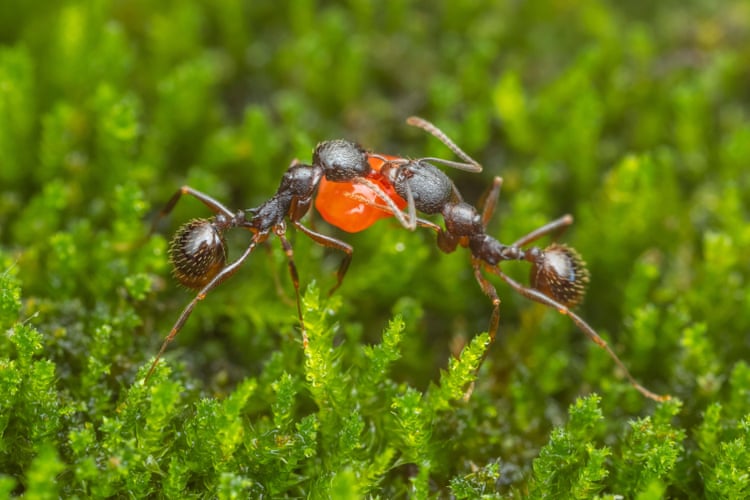
The most successful invasive ants, including the tropical fire ant and red fire ant, share this quality. They also share social and reproductive traits. Individual nests can contain many queens (in contrast to species with one queen per nest) who mate inside their home burrows. In single-queen species, newborn queens leave the nest before mating, but in unicolonial species, mated queens will sometimes leave their nest on foot with a group of workers to set up a new nest nearby. Through this budding process, a network of allied and interconnected colonies begins to grow.
In their native ranges, these multi-nest colonies can grow to a few hundred metres across, limited by physical barriers or other ant colonies. This turns the landscape to a patchwork of separate groups, with each chemically distinct society fighting or avoiding others at their borders. Species and colonies coexist, without any prevailing over the others. However, for the “anonymous societies” of unicolonial ants, as they’re known, transporting a small number of queens and workers to a new place can cause the relatively stable arrangement of groups to break down. As new nests are created, colonies bud and spread without ever drawing boundaries because workers treat all others of their own kind as allies. What was once a patchwork of complex relationships becomes a simplified, and unified, social system. The relative genetic homogeneity of the small founder population, replicated across a growing network of nests, ensures that members of unicolonial species tolerate each other. Spared the cost of fighting one another, these ants can live in denser populations, spreading across the land as a plant might, and turning their energies to capturing food and competing with other species. Chemical badges keep unicolonial ant societies together, but also allow those societies to rapidly expand.
All five of the ants included in the International Union for the Conservation of Nature’s (IUCN) list of 100 of the world’s worst invasive alien species are unicolonial. Three of these species – the aforementioned red fire ant, the Argentine ant and the little fire ant – are originally from Central and South America, where they are found sharing the same landscapes. It is likely that the first two species, at least, began their global expansion centuries ago on ships out of Buenos Aires. Some of these ocean journeys might have lasted longer than a single worker ant’s lifetime.
Unicolonial ants are superb and unfussy scavengers that can hunt animal prey, eat fruit or nectar, and tend insects such as aphids for the sugary honeydew they excrete. They are also adapted to living in regularly disrupted environments, such as river deltas prone to flooding (the ants either get above the waterline, by climbing a tree, for example, or gather into living rafts and float until it subsides). For these ants, disturbance is a kind of environmental reset during which territories have to be reclaimed. Nests – simple, shallow burrows – are abandoned and remade at short notice. If you were looking to design a species to invade cities, suburbs, farmland and any wild environment affected by humans, it would probably look like a unicolonial ant: a social generalist from an unpredictable, intensely competitive environment.
When these ants show up in other places, they can make their presence felt in spectacular fashion. An early example comes from the 1850s, when the big-headed ant, another species now listed on the IUCN’s Top 100, found its way from Africa to Funchal, Madeira’s capital. “You eat it in your puddings, vegetables and soups, and wash your hands in a decoction of it,” complained one British visitor in 1851. When the red fire ant, probably the best-known unicolonial species, spread through the US farming communities surrounding the port of Mobile, Alabama, in the 1930s, it wreaked havoc in different ways. “Some farmers who have heavily infested land are unable to hire sufficient help, and are forced to abandon land to the ants,” was how the entomologist EO Wilson described the outcome of their arrival. Today, the red fire ant does billions of dollars of damage each year and inflicts its agonising bite on millions of people. But the largest colonies, and most dramatic moments in the global spread of ant societies, belong to the Argentine ant.
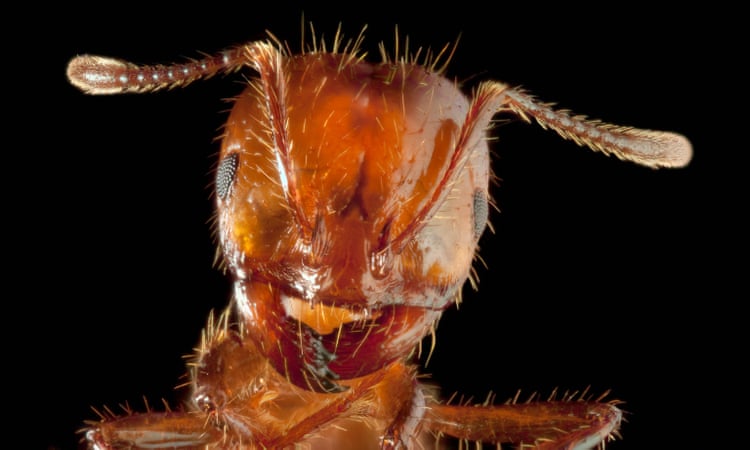
Looking at the history of this species’ expansion in the late 19th and early 20th centuries, it can seem as if the spread of global trade was an Argentine ant plot for world domination. One outbreak appeared in Porto, after the 1894 Exhibition of the Islands and Colonies of Portugal. The insects had likely travelled on produce and wares displayed at the exhibition from Madeira – ornamental plants, which tend to travel with a clump of their home soil, are particularly good for transporting invasive species. In 1900, a Belfast resident, Mrs Corry, found a “dark army” of the same species crossing her kitchen floor and entering the larder, where they covered a leg of mutton so completely that “one could scarcely find room for a pin-point”. In 1904, the US Bureau of Entomology dispatched a field agent, Edward Titus, to investigate a plague of Argentine ants in New Orleans. He heard reports of the ants crawling into babies’ mouths and nostrils in such numbers that they could be dislodged only by repeatedly dunking the infant in water. Other reports described the ants entering hospitals and “busily carrying away the sputum” from a tuberculosis patient. When the species arrived on the French Riviera a few years later, holiday villas were abandoned and a children’s hospital was evacuated.
In 1927, Italy’s king Vittorio Emmanuel III and its prime minister Benito Mussolini signed a law setting out the measures to be taken against the Argentine ant, splitting the cost equally with invaded provinces. The state’s effectiveness, or lack of it, is shown in the novella The Argentine Ant (1952) by Italo Calvino, one of Italy’s great postwar writers. Calvino, whose parents were plant biologists, sets his tale in an unnamed seaside town much like the one where he grew up, in the north-western province of Liguria. The ant in his story has outlasted Mussolini and the monarchy, and saturates the unnamed town, burrowing underground (and into people’s heads). Some residents drench their houses and gardens with pesticides or build elaborate traps involving hammers covered in honey; others try to ignore or deny the problem. And then there is Signor Baudino, an employee of the Argentine Ant Control Corporation, who has spent 20 years putting out bowls of molasses laced with a weak dose of poison. The locals suspect him of feeding the ants to keep himself in a job.
In reality, people who found themselves living in the path of such ant plagues learned to stand the feet of their cupboards, beds and cots in dishes of paraffin. However, this was not a longterm solution: killing workers away from the nest achieves little when most, along with their queens, remain safe at home. Slower-acting insecticides (like Baudino’s poison), which workers take back to the nest and feed to queens, can be more effective. But because unicolonial workers can enter any number of nests in their network, each containing many queens, the chances of delivering a fatal dose gets much slimmer.
In the early 20th century, an intensive period in the human war against ants, pest-control researchers advocated using broad-spectrum poisons, most of which are now banned for use as pesticides, to set up barriers or fumigate nests. Nowadays, targeted insecticides can be effective for clearing relatively small areas. This has proved useful in orchards and vineyards (where the ants’ protection of sap-sucking insects makes them a hazard to crops) and in places such as the Galápagos or Hawaii, where the ants threaten rare species. Large-scale eradications are a different matter, and few places have tried. New Zealand, the world leader in controlling invasive species, is the only country to have prevented the spread of the red fire ant, mostly by eradicating nests on goods arriving at airports and ports. The country is also home to a spaniel trained to sniff out Argentine ant nests and prevent the insects from reaching small islands important for seabirds.
Human inconvenience pales in comparison with the ants’ effects on other species. Exploring the countryside around New Orleans in 1904, Titus found the Argentine ant overwhelming the indigenous ant species, bearing away the corpses, eggs and larvae of the defeated to be eaten: “column after column of them arriving on the scene of battle”. Other entomologists at the time learned to recognise the disappearance of native ants as a sign of an invader’s arrival. Unicolonial species are aggressive, quick to find food sources and tenacious in defending and exploiting them. Unlike many ant species, in which a worker who finds a new food source returns to the nest to recruit other foragers, the Argentine ant enlists other workers already outside the nest, thus recruiting foragers more quickly. However, the decisive advantage of unicolonial ant species lies in their sheer force of numbers, which is usually what decides ant conflicts. They often become the only ant species in invaded areas.
The effects of these invasions cascade through ecosystems. Sometimes, the damage is direct: on the Galápagos, fire ants prey on tortoise hatchlings and bird chicks, threatening their survival. In other cases, the damage falls on species that once relied on native ants. In California, the tiny Argentine ant (typically under 3mm long) has replaced the larger native species that once formed the diet of horned lizards, leaving the reptiles starving – it seems they do not recognise the much smaller invader as food. In the scrublands of the South African fynbos heathland, which has some of the most distinctive flora on Earth, many plants produce seeds bearing a fatty blob. Native ants “plant” the seeds by carrying them into their nests, where they eat the fat and discard the rest. Argentine ants – almost certainly imported to South Africa around 1900 along with horses shipped from Buenos Aires by the British empire to fight the Boer war – either ignore the seeds, leaving them to be eaten by mice, or strip the fat where it lies, leaving the seed on the ground. This makes it harder for endemic flora such as proteas to reproduce, tipping the balance towards invasive plants such as acacias and eucalypts.
In the past 150 years, the Argentine ant has spread to pretty much everywhere that has hot, dry summers and cool, wet winters. A single supercolony, possibly descended from as few as half a dozen queens, now stretches along 3,800 miles of coastline in southern Europe. Another runs most of the length of California. The species has arrived in South Africa, Australia, New Zealand and Japan, and even reached Easter Island in the Pacific and Saint Helena in the Atlantic. Its allegiances span oceans: workers from different continents, across millions of nests containing trillions of individuals, will accept each other as readily as if they had been born in the same nest. Workers of the world united, indeed. But not completely united.
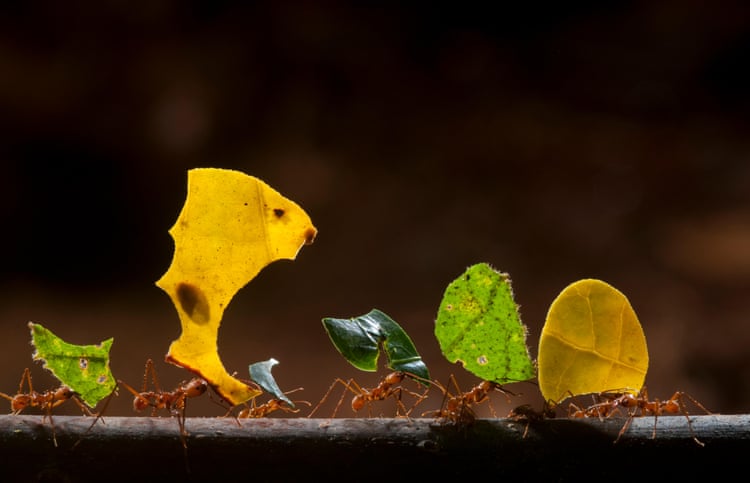
Expanding in parallel with the world-spanning supercolony are separate groups of the Argentine ant that bear different chemical badges – the legacy of other journeys from the homeland. Same species, different “smells”. In places where these distinct colonies come into contact, hostilities resume.
In Spain, one such colony holds a stretch of the coast of Catalonia. In Japan, four mutually hostile groups fight it out around the port city of Kobe. The best-studied conflict zone is in southern California, a little north of San Diego, where the Very Large Colony, as the state-spanning group is known, shares a border with a separate group called the Lake Hodges colony, with a territory measuring just 18 miles around. Monitoring this border for a six-month period between April and September 2004, a team of researchers estimated that 15 million ants died on a frontline a few centimetres wide and a few miles long. There were times when each group seemed to gain ground, but over longer periods stalemate was the rule. Those seeking to control ant populations believe that provoking similar conflicts might be a way to weaken invasive ants’ dominance. There are also hopes, for example, that artificial pheromones – chemical misinformation, in other words – might cause colony mates to turn on one another, although no products have yet come to market.
In the very long term, the fate of unicolonial societies is unclear. A survey of Madeira’s ants between 2014 and 2021 found, contrary to fears that invasive ants would wipe the island clean of other insects, very few big-headed ants and, remarkably, no Argentine ants. Invasive ants are prone to population crashes for reasons that aren’t understood, but may be related to genetic homogeneity: a single colony of Argentine ants in their homeland contains as much genetic diversity as the whole of California’s state-spanning supercolony. As with inbred species everywhere, this may make them prone to disease. Another potential issue is that the ants’ lack of discrimination about whom they help may also favour the evolution of free-riding “lazy workers” in colonies, who selfishly prosper by exploiting their nestmates’ efforts. Though it’s assumed that this uneven distribution of work may eventually lead to social breakdown, no examples have been found.
Unless natural selection turns against them, one of the most effective curbs on unicolonial ants is other unicolonial ants. In the south-eastern US, red fire ants seem to have prevented the Argentine ant forming a single vast supercolony as it has in California, instead returning the landscape to a patchwork of species. In southern Europe, however, the Argentine ant has had a century longer to establish itself, so, even if the fire ant does gain a European foothold, there’s no guarantee that the same dynamic will play out. In the southern US, red fire ants are themselves now being displaced by the tawny crazy ant, another South American species, which has immunity to fire ant venom.
It is remarkable how irresistible the language of human warfare and empire can be when trying to describe the global history of ant expansion. Most observers – scientists, journalists, others – seem not to have tried. Human efforts to control ants are regularly described as a war, as is competition between invaders and native ants, and it is easy to see why comparisons are made between the spread of unicolonial ant societies and human colonialism. People have been drawing links between insect and human societies for millennia. But what people see says more about them than about insects.
A beehive is organised along similar lines to an ant nest, but human views of bee society tend to be benign and utopian. When it comes to ants, the metaphors often polarise, either towards something like communism or something like fascism – one mid-20th-century US eugenicist even used the impact of the Argentine ant as an argument for immigration control. For the entomologist Neil Tsutsui, who studies unicolonial ants at the University of California, Berkeley, insects are like Rorschach tests. Some people see his research as evidence that we should all get along, while others see the case for racial purity.
In addition to conflating a natural “is” with a political “ought”, the temptations of ant anthropomorphism can also lead to a limited, and limiting, view of natural history. Surely the habit of worker ants in Argentine nests to kill nine-tenths of their queens every spring – seemingly clearing out the old to make way for the new – is enough to deter parallels between ant societies and human politics?
The more I learn, the more I am struck by the ants’ strangeness, rather than their similarities with human society. There is another way to be a globalised society – one that is utterly unlike our own. I am not even sure we have the language to convey, for example, a colony’s ability to take bits of information from thousands of tiny brains and turn it into a distributed, constantly updated picture of their world. Even “smell” seems a feeble word to describe the ability of ants’ antennae to read chemicals on the air and on each other. How can we imagine a life where sight goes almost unused and scent forms the primary channel of information, where chemical signals show the way to food, or mobilise a response to threats, or distinguish queens from workers and the living from the dead?
As our world turns alien, trying to think like an alien will be a better route to finding the imagination and humility needed to keep up with the changes than looking for ways in which other species are like us. But trying to think like an ant, rather than thinking about how ants are like us, is not to say that I welcome our unicolonial insect underlords. Calamities follow in the wake of globalised ant societies. Most troubling among these is the way that unicolonial species can overwhelmingly alter ecological diversity when they arrive somewhere new. Unicolonial ants can turn a patchwork of colonies created by different ant species into a landscape dominated by a single group. As a result, textured and complex ecological communities become simpler, less diverse and, crucially, less different to each other. This is not just a process; it is an era. The current period in which a relatively small number of super-spreading animals and plants expands across Earth is sometimes called the Homogecene. It’s not a cheering word, presaging an environment that favours the most pestilential animals, plants and microbes. Unicolonial ants contribute to a more homogenous future, but they also speak to life’s ability to escape our grasp, regardless of how we might try to order and exploit the world. And there’s something hopeful about that, for the planet, if not for us.
The scale and spread of ant societies is a reminder that humans should not confuse impact with control. We may be able to change our environment, but we’re almost powerless when it comes to manipulating our world exactly how we want. The global society of ants reminds us that we cannot know how other species will respond to our reshaping of the world, only that they will.
If you want a parable of ants’ ability to mock human hubris, it’s hard to improve on the story of Biosphere 2. This giant terrarium in the Arizona desert, funded by a billionaire financier in the late 1980s, was intended as a grand experiment and model for long-distance space travel and colonisation. It was designed to be a self-sustaining living system, inhabited by eight people, with no links to the world’s atmosphere, water, soil. Except that, soon after it began operations in 1991, the black crazy ant, a unicolonial species originally from south-east Asia, found a way in, reshaped the carefully engineered invertebrate community inside, and turned the place into a honeydew farm.
It is possible to be both a scourge and a marvel.
This article by John Whitfield was first published by The Guardian on 19 March 2024. This essay was originally published as The Strange and Turbulent World of Ant Geopolitics on aeon.co. Lead Image: Weaver ants. Photograph: Wan Azizi Ws/Getty Images/500px.
What you can do
Help to save wildlife by donating as little as $1 – It only takes a minute.
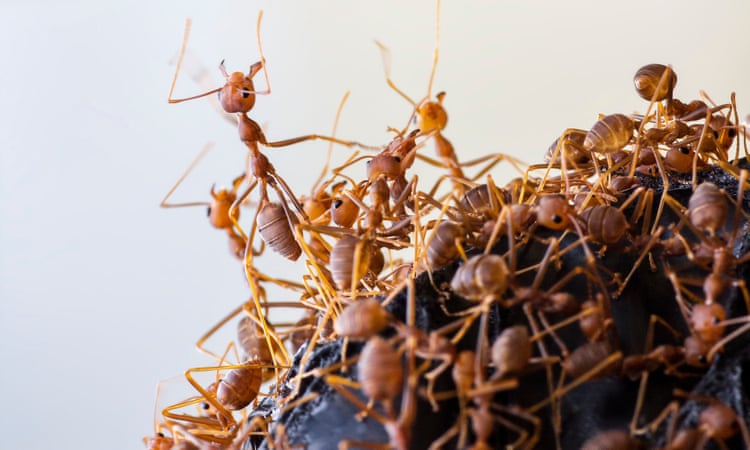


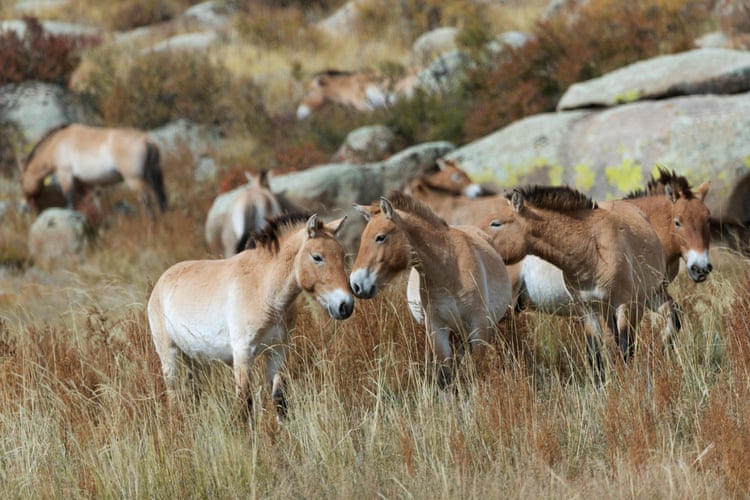


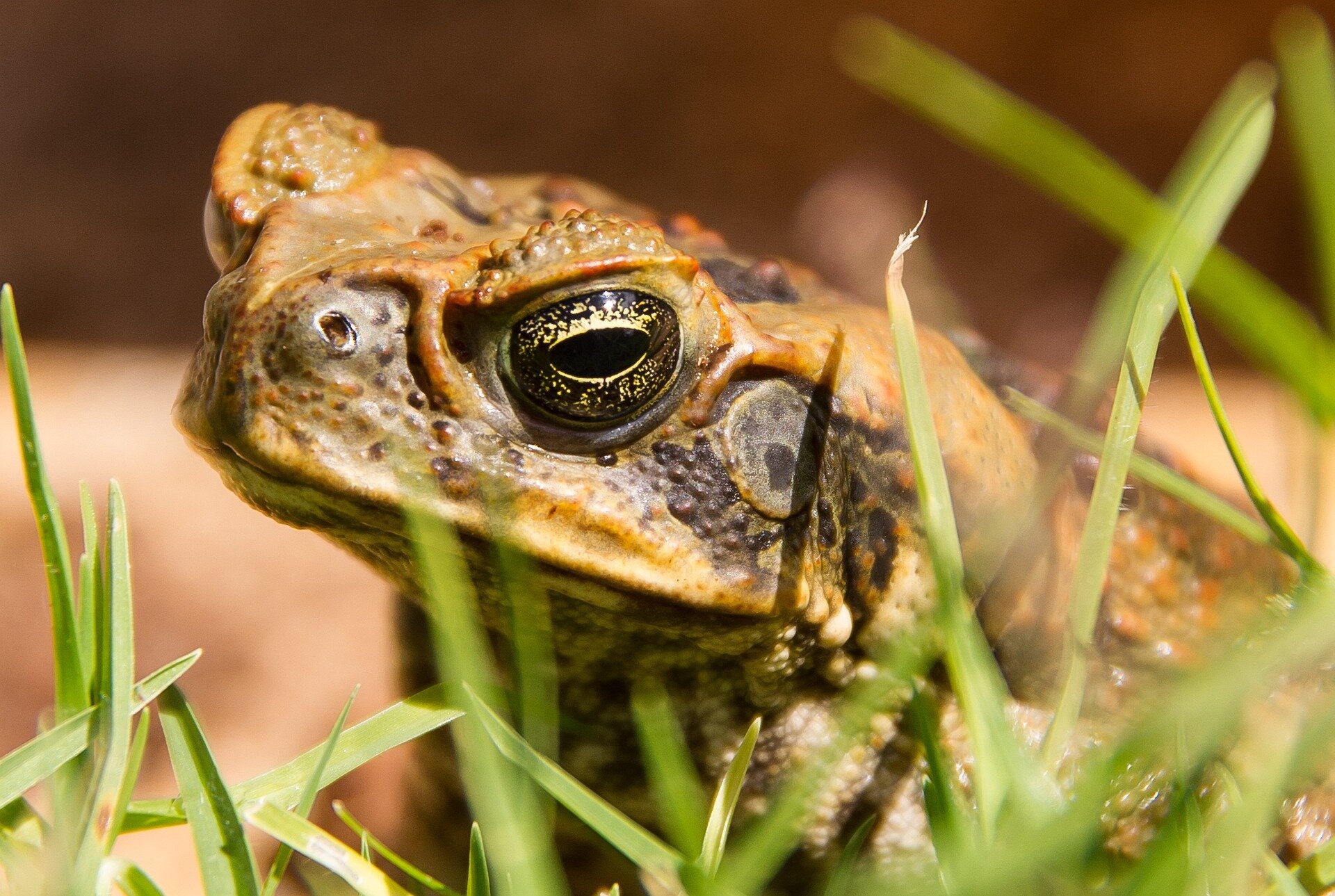
Leave a Reply